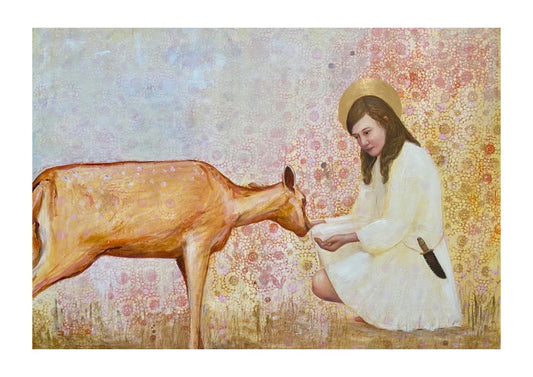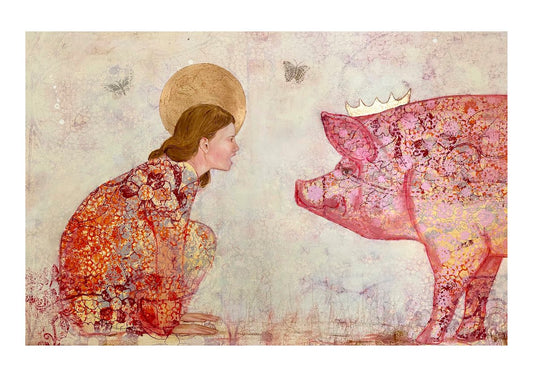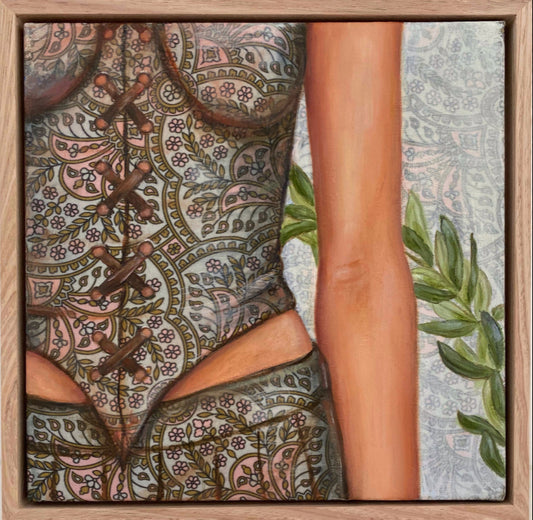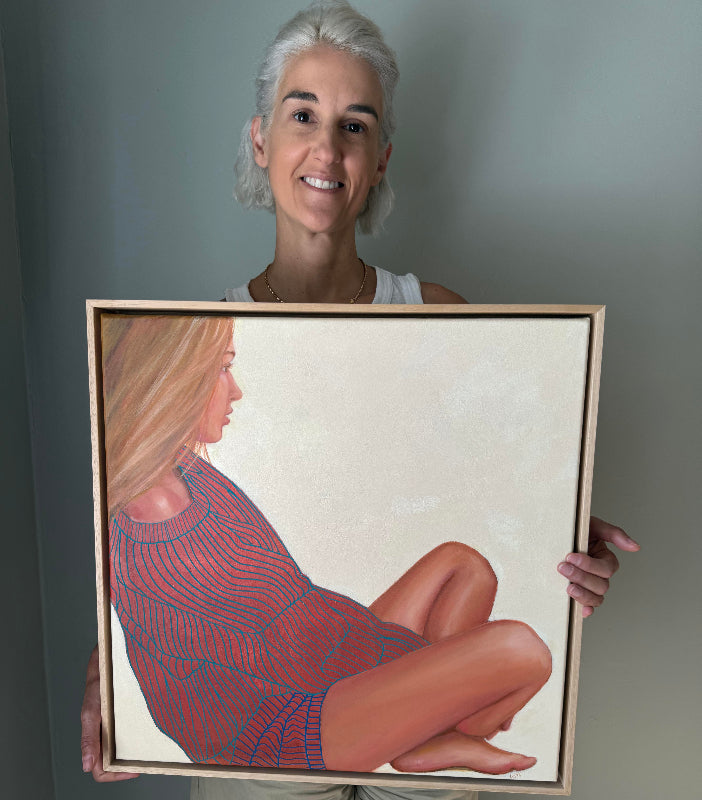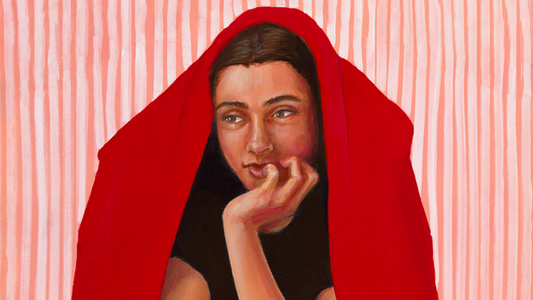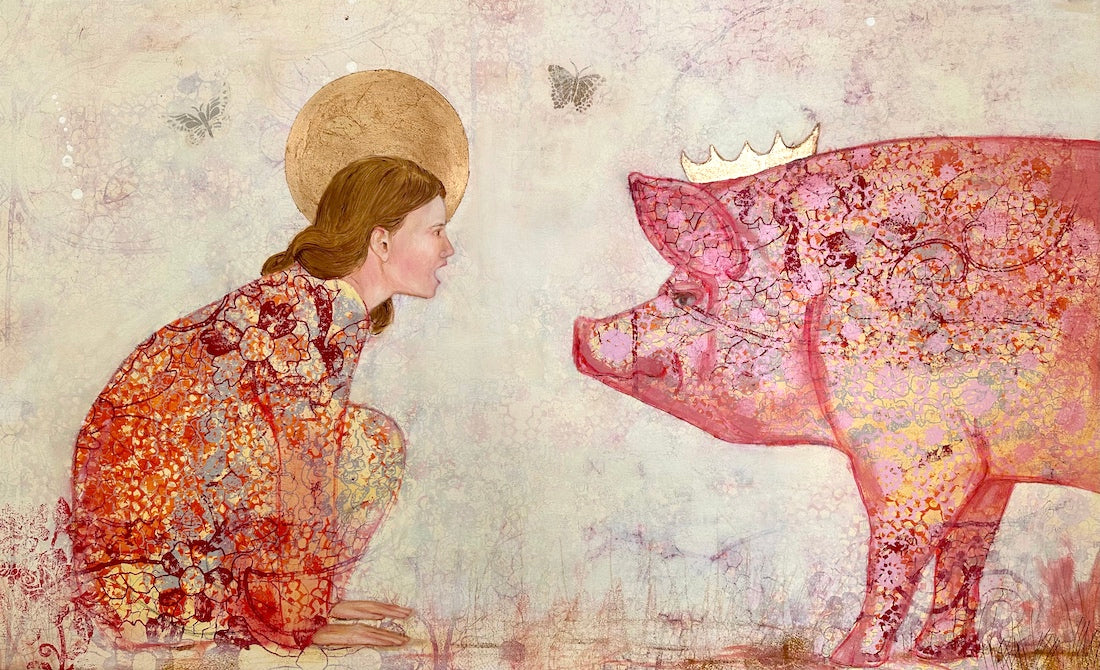
Circe: Greek Goddess of Magic
Circe, a figure steeped in myth and mystery, is one of the most intriguing characters from Greek mythology. Known primarily for her powerful sorcery and enchanting beauty, Circe’s story weaves through the fabric of ancient tales, illustrating themes of transformation, power, and the complex nature of femininity.
Circe is often described as a Greek goddess or a nymph, depending on the source. She is the daughter of Helios, the sun god, and Perse, an Oceanid nymph. This lineage bestowed upon her not only a divine heritage but also formidable magical abilities. Circe resided on a mythical island off the coast of Italy called Aiaia, a place shrouded in mystery and often associated with magic and transformation.
Circe is best known for her encounter with Odysseus in Homer's epic, 'The Odyssey. After his long journey, Odysseus and his crew arrive on her island, where she invites them to feast. However, unbeknownst to the sailors, Circe has other plans. Using her magical potions, she transforms Odysseus's men into swine.
Product image: Circe & Odysseus print by Leah Mariani
Odysseus, forewarned by the god Hermes, confronts Circe. Instead of succumbing to her magic, he resists her charms and gains her respect. Impressed by his resilience, Circe ultimately helps Odysseus and even offers him guidance for the remainder of his journey home. This encounter highlights the duality of Circe's character—she is both a dangerous enchantress and a wise ally.
Circe embodies the archetype of the powerful female figure in mythology, one who challenges the traditional roles of women in ancient societies. Her ability to transform men into animals symbolizes the often-overlooked power women hold over their own destinies and those of others. In many ways, she represents the fear and fascination that women with power evoke in a patriarchal society.
Circe is often portrayed in popular culture as a femme fatale rather than a vulnerable young woman who did not want her peaceful island home to be invaded by soldiers. Circe has gained renewed interest through literature due to Madeline Miller’s novel, 'Circe'. Miller's 2018 version offers a fresh retelling of Circe's story through a feminist lens, focusing on Circe's perspective and emphasizing her strength and vulnerability. This modern portrayal highlights the goddess’s complexity, making her a symbol of resilience and self-empowerment.
Circe stands out as a multifaceted figure in Greek mythology. Her legacy as a goddess of magic and transformation resonates with contemporary themes of identity, power, and femininity. She continues to be a relatable female character figure representing the struggle for agency in a world that often seeks to confine women. In an age where these themes are more relevant than ever, Circe remains a captivating symbol of magic, mystery, and the indomitable spirit of women throughout history.






